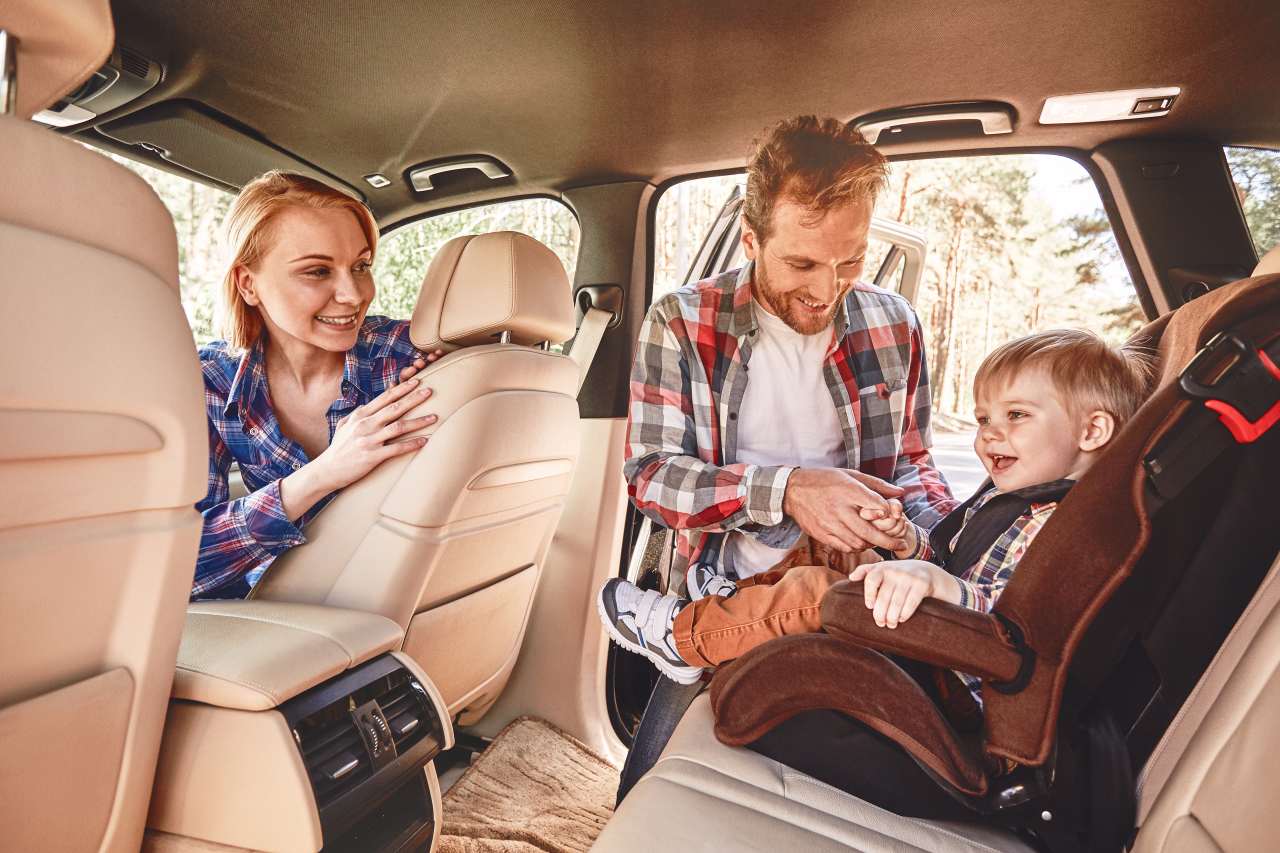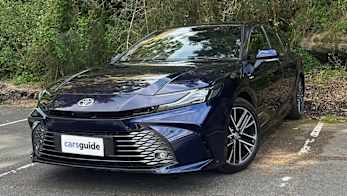Installing child car seats used to be worse than building an IKEA cupboard from scratch, but with the introduction of ISOFIX child seats, much of the mystery has been solved. You also get a much more secure baby seat which doesn’t wobble in your car, which brings valuable peace of mind for any parent.
It’s extremely important your child or baby seat installation is done correctly. According to the RACV, more than 70 per cent of children’s car seats in Australia are not and failing to do so can increase the risk of injury in an accident.
So to find out how to do it the right way, we consulted a professional. Shant from Bondi Child Restraint Fitting Station showed us step by step, how to install a common 0-4 child seat in either forward or rear-facing configurations. This advice is only meant as a guide though, you should always check the owner's manual that come with your seat for any specific instructions.
How to install baby car seat rear facing
A rear-facing child seat configuration should be used for about the first 12 months of your child's life.
Australian baby car seat installation laws stipulate that you keep your child facing rearward for the first six months, but you should leave them rear facing for as long as they physically fit - it’s safer when they’re rear facing.
This size seat is an alternative to a baby capsule and is suitable for a newborn. It's a completely personal choice as to which you buy. Once they're big enough, you'll turn them around to face the front until they're four-years-old. Ready for installation?
1. You'll more than likely be able to discard the top-tether anchor point attachment that comes with the child seat. It looks like a big bolt. Unless your car is more than around 15 years old, your car is likely to have built in anchor points so you won’t need it.
2. Choose which side of the car you'll put the seat on. Your safest option is the passenger side but if you've got more than one child or are fitting an additional car seat that advice is moot anyway.
.jpg)
3. Set the base at the rear of the child seat to the correct angle for your child. There's likely to be decals on the side to guide you.
.jpg)
5. Pull out the ISOFIX buckles (they might be hidden in the fabric of the child seat somewhere, they look like small seatbelts. You should see ISOFIX logos to highlight the locations of the ISOFIX attachment points on either side of your car's seat, right where the seatback meets the base. If you don’t see ISOFIX points, you'll need to use the less secure seatbelt and top tether fitment.
6. Lock the ISOFIX buckles into place on either side of the child seat, being careful not to twist the buckle straps.
.jpg)
.jpg)
8. Take out the top tether strap from the child seat, and extend to its maximum length.
.jpg)
9. If your car has adjustable headrests, lift the headrest up and thread the tether strap over the backrest, ensuring it takes the most direct path (either within the headrest posts or around them) to the tether point. This is usually located on the back of the seat and click the tether point in. Some cars have this top tether point on the parcel shelf or ceiling, but check your owner's manual if in doubt. You'll hear it click into place once it’s in properly, but give it a yank to be sure.
.jpg)
10. Tighten the side of the top tether strap without the clamp by pulling the length of it until it is in a straight line without any slack. Be sure to minimise any twists in the belt - there will always be some twisting, but make sure it's minimal.
.jpg)
.jpg)
12. Finally, it is important to ensure the front seat isn't pushed back far enough to put pressure on your child seat, so the restraints are left to do all the restraining. This may be a challenge for taller front seat passengers in smaller cars, but important to keep in mind.
How to install baby car seat front facing
Once your child outgrows the rear-facing position (usually around the 12 month mark), it's time to spin the child seat around to the forward-facing position.
Always progress your child based on their size, rather than age when moving between car seat stages. Every child grows at different rates and it’s much more important to do what is right for your individual child than progress to the next stage just because they pass a certain age.
Shant also showed us the correct and safe way to mount the same 0-4 seat in the front-facing position. How to install a booster seat is much the same process.
1. Place the child seat in the car with the back up against your car seat's backrest, with the base and stabiliser bar folded back within the child seat.
.jpg)
.jpg)
.jpg)
.jpg)
.jpg)
.jpg)
Once you adjust the child seat belts to suit your child, you're all set.






.jpg)
.jpg)

.jpg)
.jpg)




.jpg)
.jpg)
.jpg)
.jpg)






